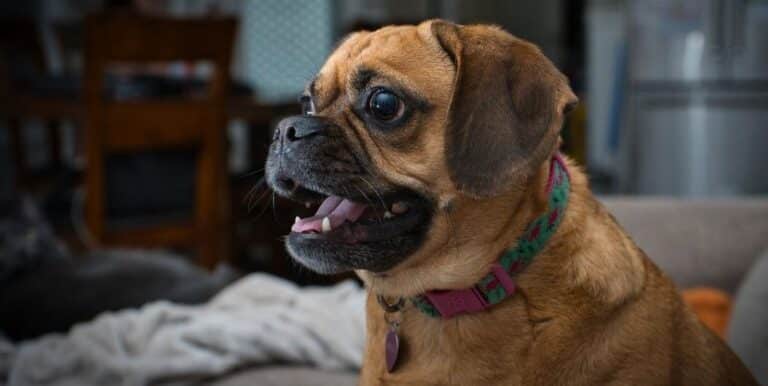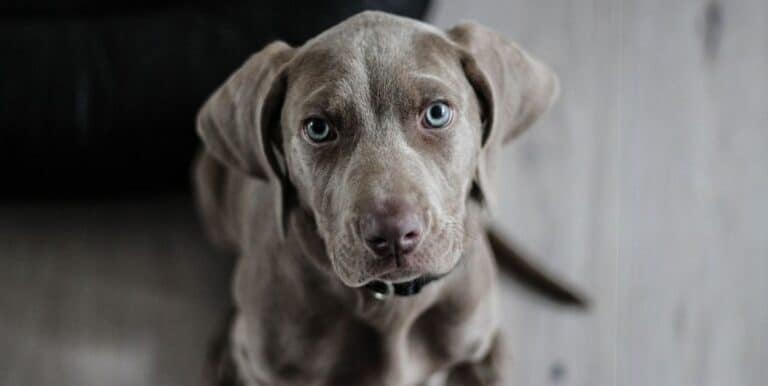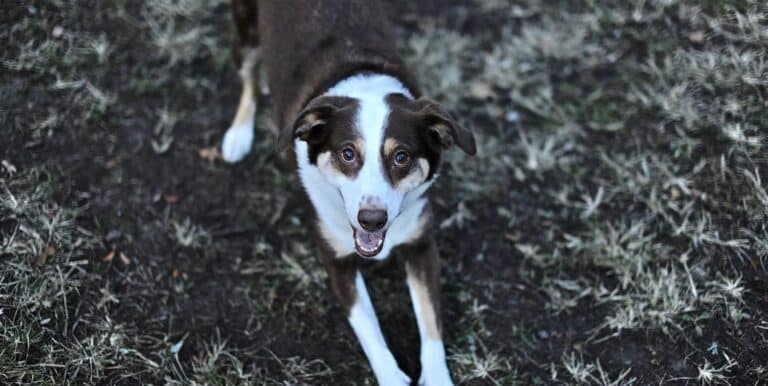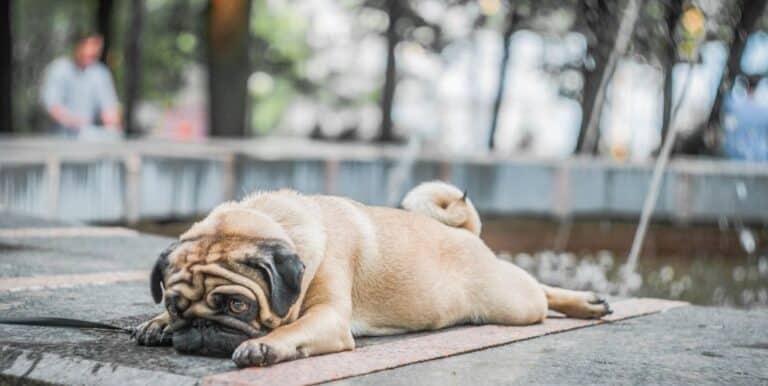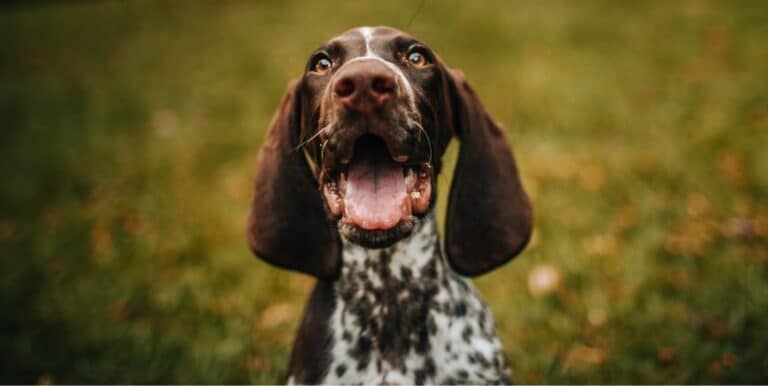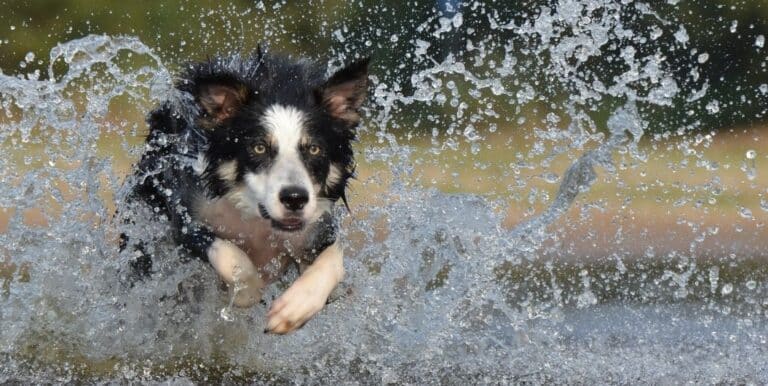Can I get my Dog’s Teeth Cleaned Without Anesthesia?
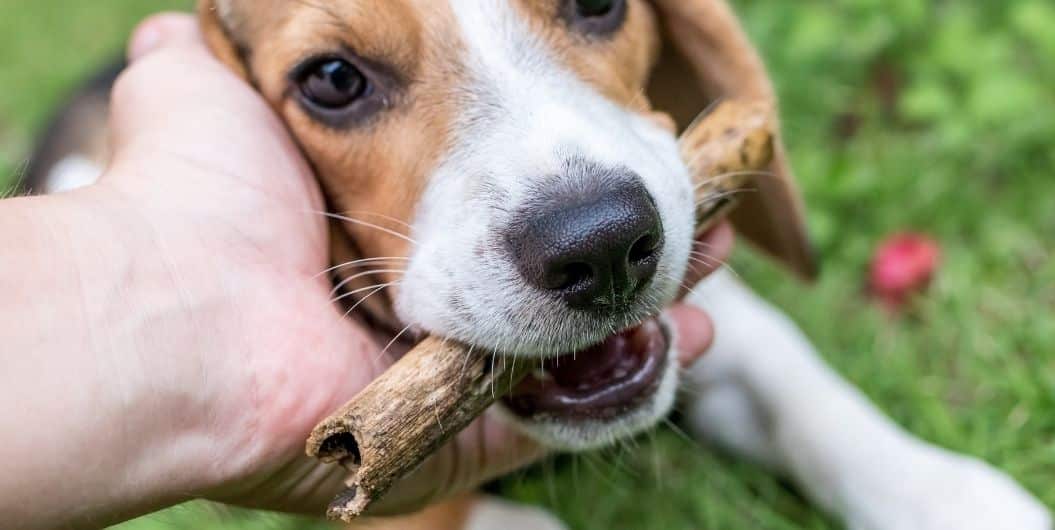
Though many dog owners do not think about oral hygiene for their dogs, it actually improves their overall, long-term health and also their breath. You can take several steps, including having your dog’s teeth cleaned professionally, to maintain a healthy mouth for your dog. Veterinarians offer professional teeth cleaning as a service, but most vets will use anesthesia to do it.
At a veterinary practice, you can have your dog’s teeth cleaned ultrasonically. This is a thorough process that involves a similar examination and cleaning to that of humans. However, even the best natured dog tend to be uncooperative during what they consider to be an invasive process. To avoid potential upset and also to perform a thorough cleaning, when you elect to have your dog’s teeth cleaned professionally, it is put under a general anesthetic.
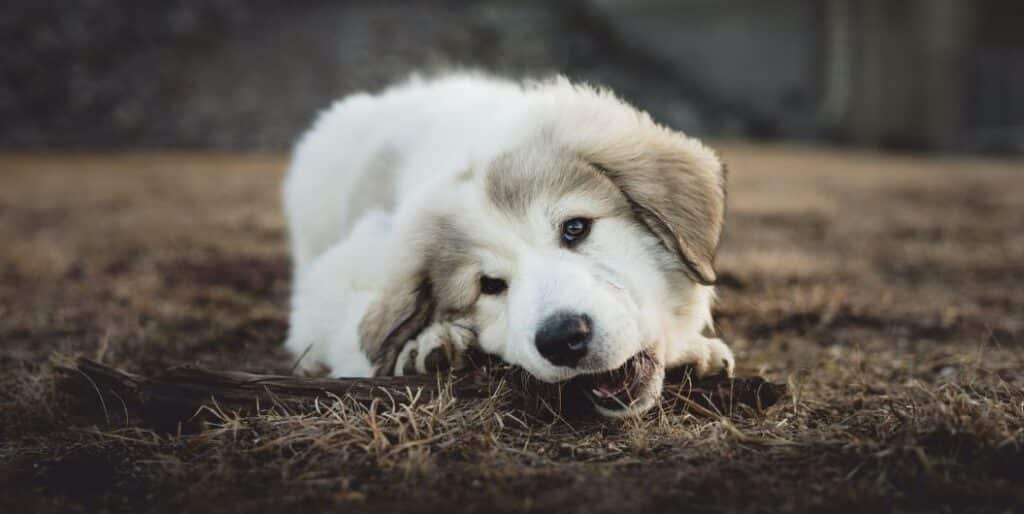
If you prefer to avoid anesthetic for your dog, then be sure you clean your dog’s teeth regularly on your own. Though not as effective as a periodic professional cleaning, keeping your dog’s teeth cleaned by brushing will greatly improve the health of their teeth and gums. Brushing your dog’s teeth is simple and takes only a few minutes to do.
At first, your dog may seem resistant to the idea of having his teeth brushed, but you can gradually work him into acceptance. There are two different types of brushes available for dogs. One is very similar to a human toothbrush, only with a slightly wider head and the other is a finger brush. Similar to the silicone finger brushes used on infants, a finger brush for dogs slips over your index finger and has bristles designed to get your dog’s teeth cleaned.
Be sure to use toothpaste that is specially designed for dogs, not humans. Regular people toothpaste is not designed to be swallowed and since your dog can’t spit and rinse, he needs the dog version. There are several brands available, some with dog-friendly flavors, and they retail at most major pet stores.
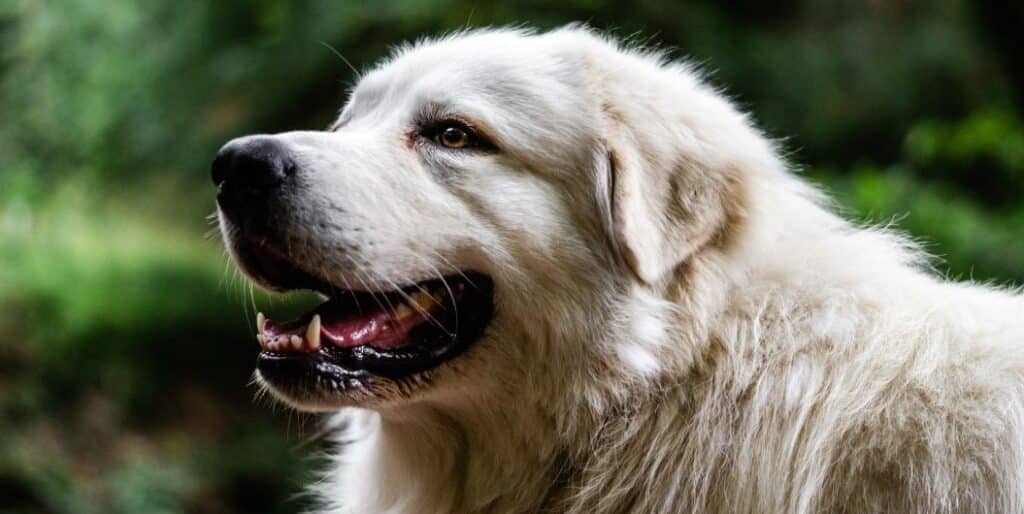
To introduce the idea of having your dog’s teeth cleaned, start by allowing him to sniff his brush. The first time, clean only the teeth you can see when you lift the jowls. Brush the teeth at a 45-degree angle and worry only about the front sides. As your dog grows accustomed to having his teeth brushed, you can proceed with cleaning all his teeth, front and back. If your dog is uncooperative on a consistent basis, then you might consider periodically having your dog’s teeth cleaned professionally.
You can also help your dog maintain healthy teeth and gums by supplying a bone designed for plaque removal while chewing. Ask your veterinarian to recommend a brand or consult with a pet store. By helping your dog maintain healthy teeth and gums, you extend the life of his teeth, enabling him to eat a well-balanced diet longer. Consider how difficult it would be to eat if you lost your own teeth prematurely and you will realize the benefits of helping your dog keep their teeth and gums healthy.

